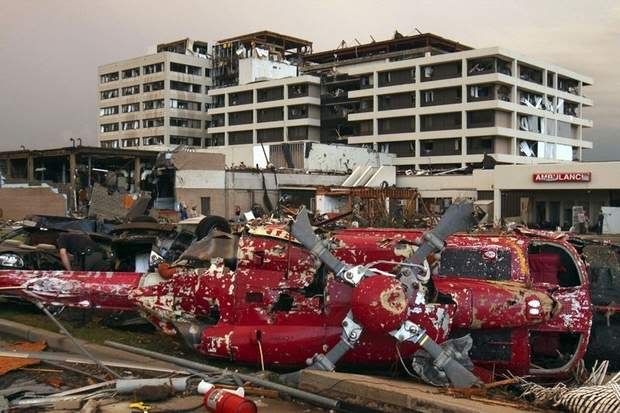-
Posts
25,480 -
Joined
-
Last visited
Content Type
Profiles
Blogs
Forums
American Weather
Media Demo
Store
Gallery
Posts posted by jburns
-
-
3 hours ago, packbacker said:
Who do we need to sacrifice to get this pattern?
If it requires a virgin I screwed up by banning Wilkes.
-
Spend a week with no power, no heat, frozen toilets, cooking on the fireplace and house bound because snarls of power lines are everywhere and you'll learn to hate ice storms.
Yep. The only time it turned out good for me was when I was trapped for a week with that woman's beach volleyball team. Even then it was an exhausting experience.
-
 1
1
-
-
The short answer for me is..... not no but HELL no.
Agree. The header says ice "storms", which implies heavy damaging icing. No thanks. Now a light glaze that lights up the trees when the sun first comes out, sure, I love that.
-
I think most readers on this forum have read the recent reports of large craters being found in Siberia, and the discussion of their origin. There was a post on the IFLScience website [link] that may be of interest. Here is an excerpt:
An expedition from the Scientific Center of Arctic Studies found methane concentrations of 9.6% at the bottom of the crater – 50,000 times the atmospheric average. The possibility that methane released by melting permafrost produced the crater had been a favored hypothesis from its discovery in mid-July. Nevertheless, plenty of other theories were circulating, and scientists urged caution before leaping to conclusions.
The extraordinary concentration of methane, on the other hand, seems unlikely to be a coincidence, particularly since methane is slightly lighter than air. The 2012 and 2013 summers on the Yamal peninsular, where the crater is, were around 5°C warmer than normal.
Expedition leader Andrei Plekhanov told Nature that the high temperatures probably thawed the permafrost to the point where it collapsed, releasing the trapped methane.
If my math is correct, 9.6% is 96,000 ppm, or 96,000,000 ppb (which is how atmospheric CH4 is usually measured). Current CH4 readings at Barrow are around 1880 ppb so the crater levels are alarmingly high. And given that CH4 is lighter than air, those levels aren't the result of CH4 pooling in the deep craters.
I think that it would be interesting to monitor the levels on a periodic, say, weekly, basis to learn if the concentration is rising, falling , or stable.
Here's a bit more info and a video.
-
What exactly is the southeast ridge?
If you like the way the weather is this coming Friday and Saturday, you are a fan of the Southeast ridge. It is my second favorite winter feature. Snow is number one. But if it's not going to snow, it might as well be nice enough to enjoy some outdoor activities.
-
You can always check out my website, www.wxjordan.com, for weather commentary, especially during interesting weather. I mainly focus on NC weather; however, I will focus on other areas in the SE on large scale storms.
I'm sorry, I have standards. Until you get that red tag here you're just, BrickWest to me.

-
Pickup lines: http://www.weather.funnelfiasco.com/pickup_lines.html
The only truly useful link in the real world.
-
If you find yourself starting every damn thread, stop! That is narcissistic behavior. Not only that, it is just weird.
lol Not only that but it messes up the calendar.
-
"do not act like a Republican"
Good advice but I wouldn't have put it here on the weather side.
-
Another one.
Another one...

-
Oh and by the way I see you're new, so welcome. But VortMax might not be the best choice for a username.

Yeah. You might want to pick one that is less toxic. Something like, Osama.
-

That looks like a med evac chopper. Looks like a direct hit on the hospital for sure.
-
Last few frames show quite a bit of weakening finally. Looks like the mountains might be disrupting it circulation.
Finally dying out. Good riddance.
-
This thing is tracking right at Western Carolina University within about an hour- 1 1/2 hours.
Last few frames show quite a bit of weakening finally. Looks like the mountains might be disrupting it circulation.
-
Although the death toll will undoubtedly rise, I find the report of "hundreds of casualties" really hard to believe. I mean, we haven't had a 100+ fatality tornado in decades, and that was during the pre-tornado siren days.
True enough but every time there is a combination of path and power that would result in hundreds of casualties. Eventually it all comes together. Maybe tonight was the night.



Southeast Sanitarium - A Place to Vent
in Southeastern States
Posted
Um......